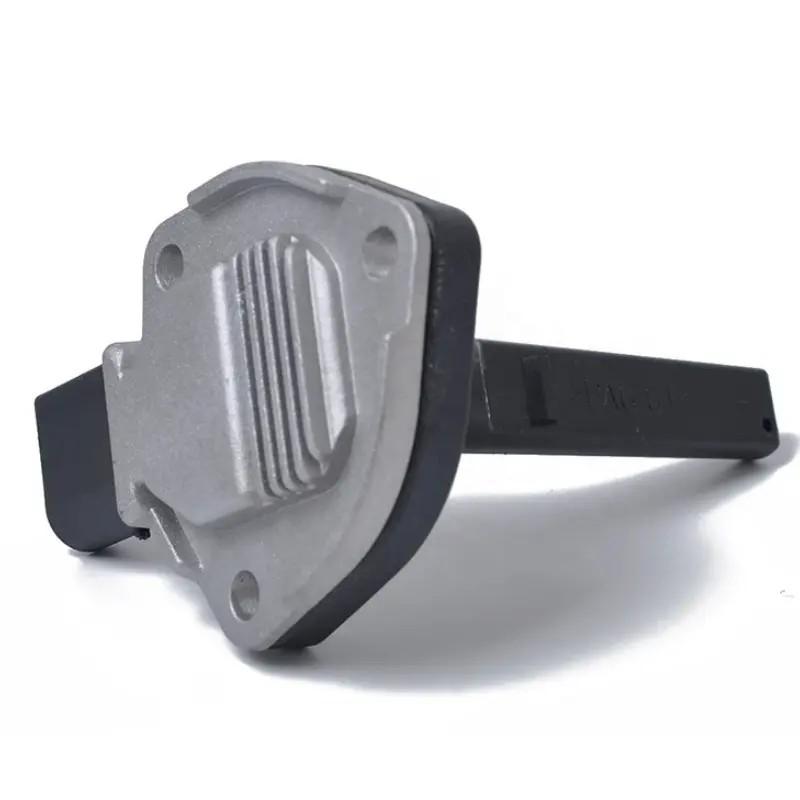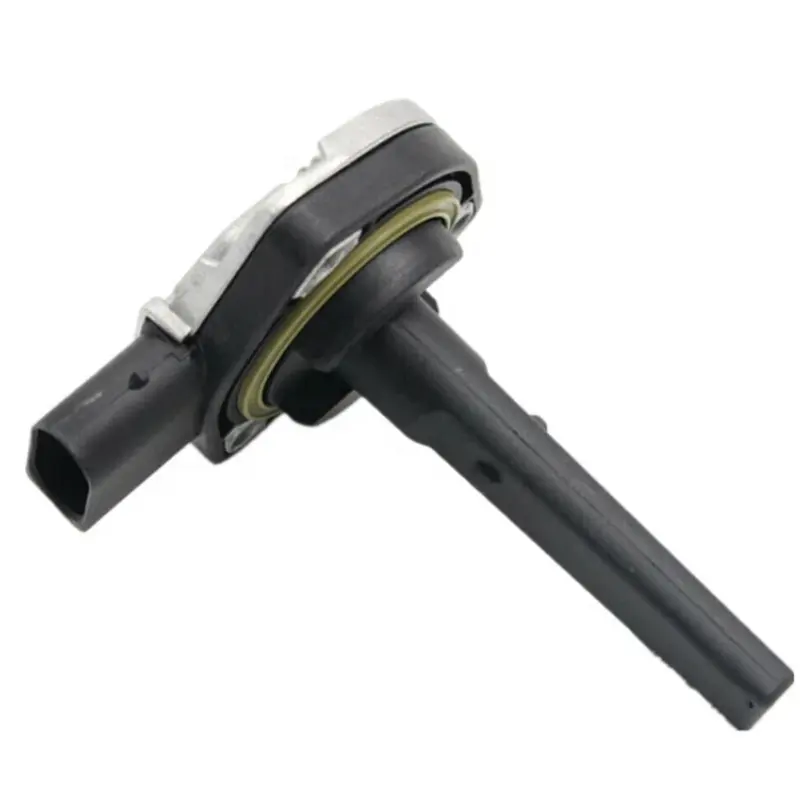Understanding the Critical Role of Oil Level Monitoring in Modern Engines
The oil level sensor serves as a vital guardian of your engine's health, constantly monitoring one of the most crucial fluids in your vehicle. This sophisticated component works tirelessly to ensure your engine maintains proper lubrication, preventing potentially catastrophic damage that could result from insufficient oil levels. Modern vehicles rely heavily on this intelligent monitoring system to protect their engines, making it an indispensable part of contemporary automotive technology.
As vehicles become increasingly advanced, the importance of accurate oil level monitoring has grown exponentially. The oil level sensor provides real-time data about your engine's oil status, helping to maintain optimal performance and prevent expensive repairs. Understanding how this component works and why it matters can help you better maintain your vehicle and extend its lifespan.

The Technology Behind Oil Level Sensors
How Modern Oil Level Sensors Function
Oil level sensors employ sophisticated technology to continuously monitor the amount of oil in your engine. These sensors typically use either capacitive or float-based mechanisms to detect oil levels with remarkable precision. Capacitive sensors measure the oil level by detecting changes in electrical capacity between two electrodes, while float-based sensors use a mechanical float that rises and falls with the oil level.
The sensor transmits this data to your vehicle's engine control unit (ECU), which processes the information and alerts you through dashboard warnings if the oil level becomes too low or high. This real-time monitoring system ensures you're always aware of your engine's oil status, helping prevent potential engine damage before it occurs.
Integration with Vehicle Management Systems
Modern oil level sensors are fully integrated with your vehicle's comprehensive management system. They work in conjunction with other sensors to provide a complete picture of engine health. This integration allows for more accurate maintenance scheduling and helps prevent oil-related engine problems through early detection and warning systems.
The sensor's data is also used to calculate optimal oil change intervals, taking into account factors such as driving conditions, engine temperature, and oil quality. This smart integration helps optimize maintenance schedules and reduce unnecessary oil changes while ensuring adequate engine protection.
Benefits of Proper Oil Level Monitoring
Enhanced Engine Protection
The primary benefit of a functioning oil level sensor is the unprecedented level of engine protection it provides. By continuously monitoring oil levels, the sensor helps prevent engine operation with insufficient lubrication, which can cause severe damage to engine components. This constant vigilance helps extend engine life and maintain optimal performance.
When oil levels drop below safe limits, the sensor triggers warning systems that alert you before any damage occurs. This early warning system is crucial for preventing expensive repairs and maintaining your engine's longevity. Regular oil level monitoring also helps identify potential leaks or excessive oil consumption early, allowing for timely intervention.
Improved Vehicle Performance and Efficiency
Maintaining proper oil levels through accurate sensor monitoring contributes significantly to vehicle performance and fuel efficiency. When engines operate with optimal oil levels, they experience less friction and wear, resulting in better performance and improved fuel economy. The oil level sensor helps ensure these optimal conditions are maintained consistently.
Additionally, proper oil level monitoring helps maintain stable engine temperatures and reduces emissions, contributing to both environmental protection and vehicle efficiency. This comprehensive monitoring system plays a crucial role in achieving the performance standards expected in modern vehicles.
Maintenance and Care of Oil Level Sensors
Regular Inspection and Testing
To ensure reliable operation, oil level sensors should be regularly inspected and tested as part of routine vehicle maintenance. This includes checking for proper electrical connections, ensuring the sensor is free from debris or damage, and verifying accurate readings through diagnostic testing. Regular maintenance helps prevent sensor failures and ensures continued protection of your engine.
Professional technicians can perform comprehensive testing of the oil level sensor system using specialized diagnostic equipment. These tests can identify potential issues before they lead to sensor failure, helping maintain the integrity of your engine's protection systems.
Addressing Common Sensor Issues
Oil level sensors can occasionally experience problems such as electrical faults, contamination, or mechanical wear. Understanding common issues and their symptoms helps in early problem detection and resolution. Warning signs may include erratic oil level readings, persistent warning lights, or inconsistent sensor behavior.
When issues arise, prompt professional attention is essential to maintain the protection of your engine. Ignoring sensor problems can lead to unreliable oil level monitoring and potential engine damage. Regular maintenance and timely repairs ensure your oil level sensor continues to provide reliable protection for your engine.
Frequently Asked Questions
How often should the oil level sensor be checked?
It's recommended to have your oil level sensor checked during every major service interval, typically every 15,000 to 30,000 miles, depending on your vehicle manufacturer's specifications. However, if you notice any unusual behavior in your oil level readings or warning systems, immediate inspection is advised.
What are the signs of a failing oil level sensor?
Common indicators include inconsistent or incorrect oil level readings, persistent oil level warning lights when the oil level is actually normal, or complete failure of oil level monitoring. You might also notice erratic behavior in your vehicle's oil monitoring system or unexpected warning messages.
Can I drive with a faulty oil level sensor?
While it's technically possible to drive with a faulty oil level sensor, it's not recommended. Without accurate oil level monitoring, you risk potential engine damage from low oil conditions. It's best to have a faulty sensor repaired or replaced promptly to maintain proper engine protection.

